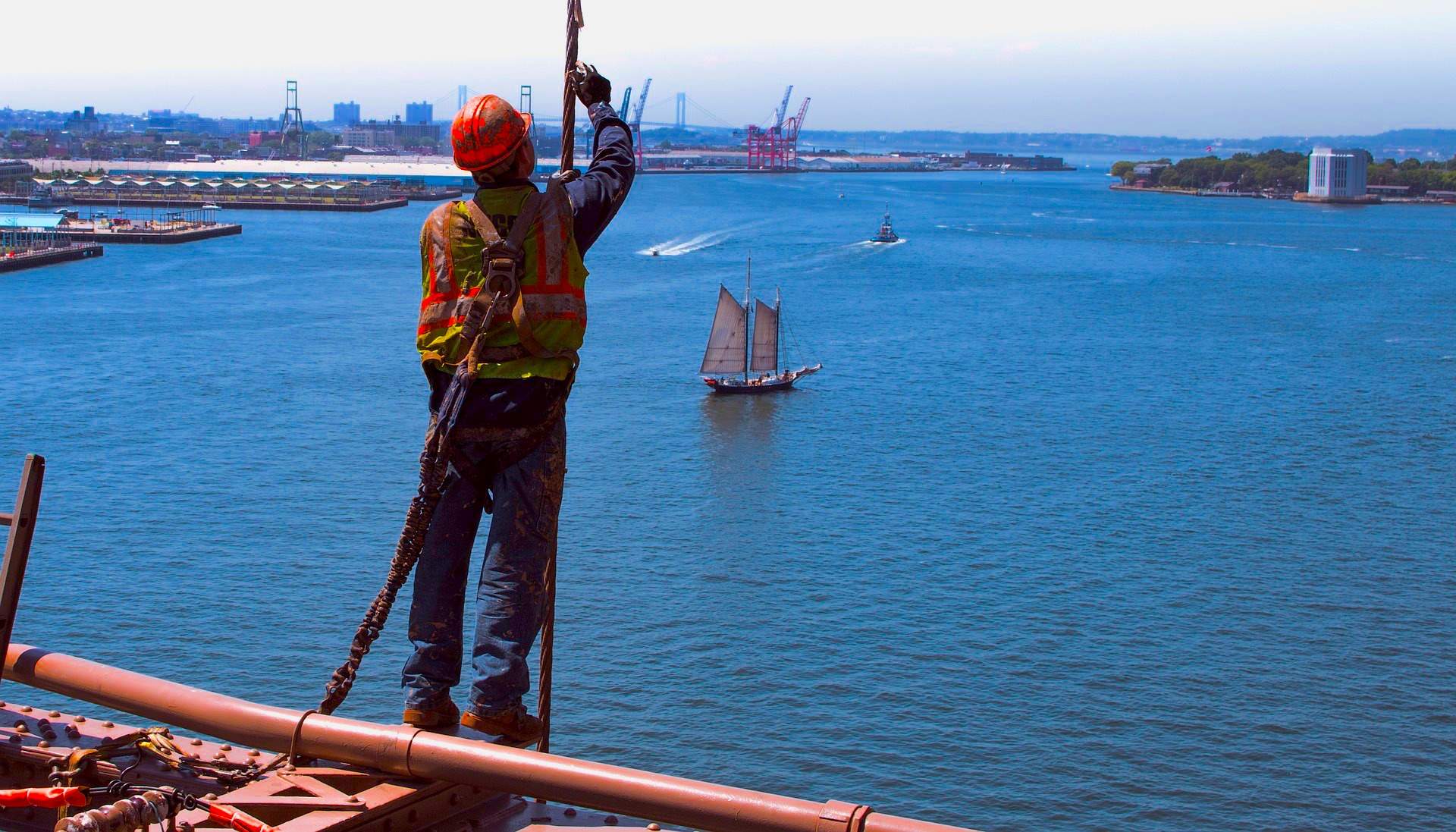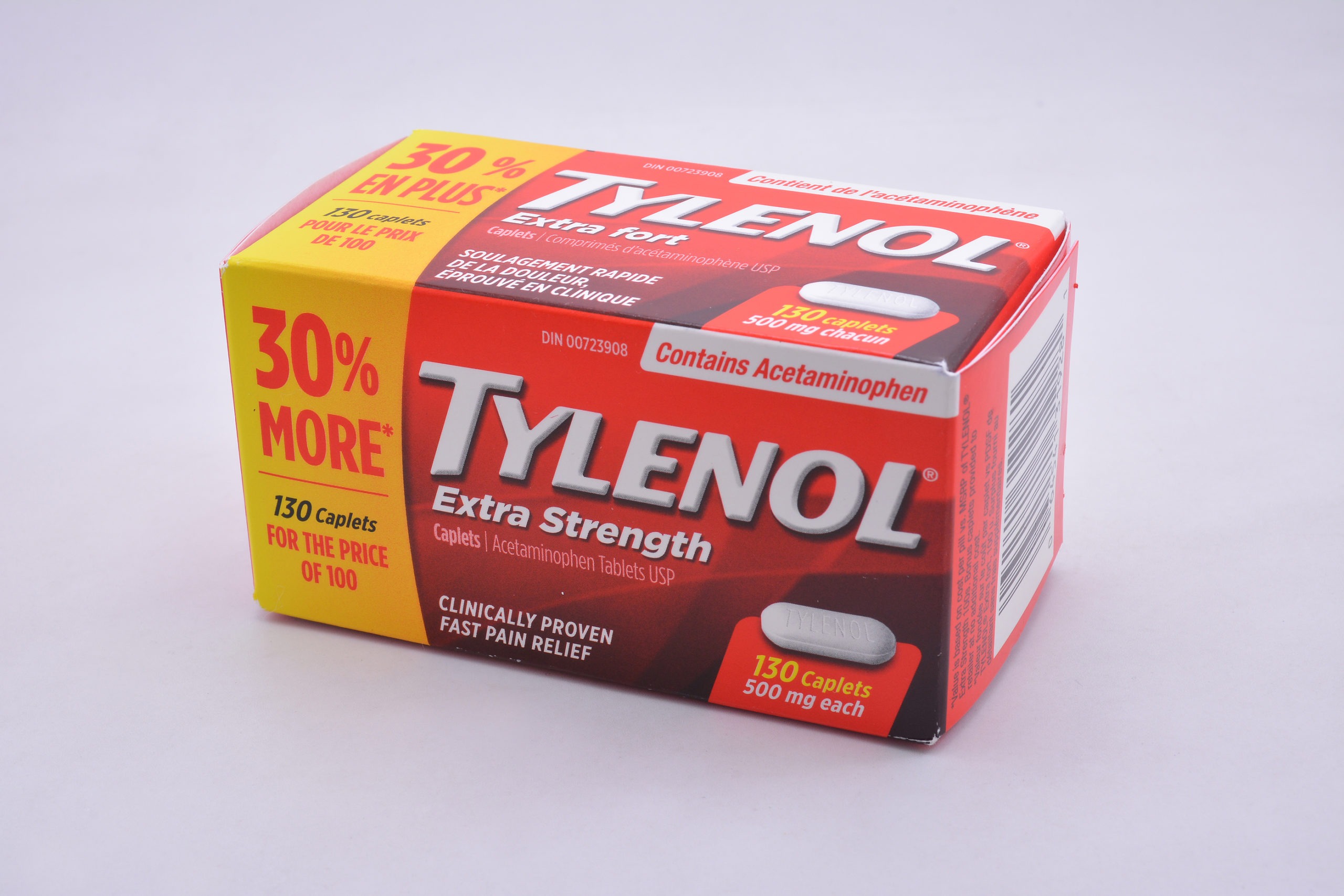When to Hire a Florida Construction Accident Attorney
Real estate is booming in Florida. It seems like every time you turn around, a new apartment complex, retail space, or freeway is going up. While many Floridians may complain about the delays in traffic or the eyesore of the construction cranes, the truth is, we have construction workers to thank for all of the buildings and roadways around us. Construction workers perform strenuous labor, often in the late hours, and under dangerous conditions.
The construction industry is one of the most dangerous industries for workers. In fact, statistics show that it may be the most dangerous line of work. Construction sites require workers to climb tall heights, lift heavy equipment, and expose themselves to other dangerous working conditions. Sadly, every year, thousands of workers are injured or killed at construction sites. If you or a loved one were injured in a construction accident, an experienced construction accident attorney can help.
Common Construction Site Injuries
Construction accident injuries happen every day. Thankfully, many of these injuries are minor, requiring little or no medical care. Unfortunately, serious injuries also happen, and far too often. Some of the most common injuries at construction sites include:
- Traumatic brain injuries: traumatic brain injury (TBI) occurs as a result of a hard blow to the head or a penetrating wound to the brain tissue. According to the American Association of Neurological Surgeons, approximately 1.7 million traumatic brain injuries occur every year. Falls continue to be one of the leading causes of TBIs. TBIs can range from a mild concussion to a coma from which the patient will never recover. While some TBI victims may immediately lose consciousness, in other cases, a TBI may not be immediately apparent. Symptoms of a TBI include headache, fatigue, sensory problems, confusion, and breathing problems. Long-term effects from a TBI may include memory issues, fatigue, seizures, or sleep difficulties.
- Spinal cord injuries: The spinal cord is made up of nerves that transmit signals from the brain to the rest of the body. When the spinal cord becomes damaged it can cause catastrophic injury. Like TBIs, spinal cord injuries are usually the result of a hard blow or a penetrating wound. A spinal cord injury can result in loss of function and mobility, including paralysis. The degree and location of the paralysis depend on where the injury occurred. Contrary to common belief, the spinal cord does not have to be severed to cause paralysis.
- Broken bones: Our bones are made to support our bodies. They are strong and rigid. But they are not unbreakable. A strong force such as a fall or the impact of another object can cause bones to break. Broken bones range from minor hairline fractures to compound fractures where the bone is sticking out from the skin. Serious accidents may also result in crushing injuries. The amount of recovery time necessary and level of pain will vary based on the type of accident and its severity. Broken bones can cause chronic pain and permanent mobility issues.
- Burns: Burns occur as a result of exposure to high heat or contact with a dangerous material such as chemicals or electricity. A burn is rated as a first-degree, second-degree, or third-degree burn. A first-degree burn is minor and usually only involves redness and pain at the injury site. A second-degree burn may involve blisters and swelling. Third-degree burns are the most severe type of burn. These burns often extend beyond the top layer of skin to the lower levels and sometimes affect the underlying bone and muscle. Third-degree burns often require surgical intervention and usually leave permanent scars.
- Loss of limb: The loss of a limb is a devastating injury. This can occur when the limb is severed or when an injury is so bad that the limb must be amputated. In some cases, a prosthetic device may help the patient regain function, but this is not always an option. The patient may also experience chronic pain or experience pain or other unpleasant sensations in a “phantom limb.”
The “Fatal Four” Types of Construction Accidents
The construction industry is one of the most dangerous fields in which to work. According to OSHA, one out of every five workplace fatalities happens in construction. In 2017, accidents killed nearly 600 workers and injured thousands more. While the industry has seen a decrease in accidents overall in recent years, accidents continue to be a serious problem. According to OSHA, nearly 60 percent of deadly accidents happen because of the “fatal four”: falls, being struck by an object, electrocutions, and being caught in or between objects.
Falling Construction Accidents
Falls are the number one cause of death at construction sites, accounting for over 39 percent of all construction site-related deaths. Safety and Health Magazine states that any worker whose job requires that they be more than six feet off the ground must use fall protection. Sadly, most fatalities occur because the worker was not using the protection properly. OSHA reports that the best way to prevent falls is through a three-step process: plan, provide, and train. When an employer plans a project, they need to account for whether employees will need to work at levels higher than six feet. If so, they must include safety devices in their budget. They then must provide these devices to employees. But safety devices don’t work properly if the employee does not know how to use them. Employers have a duty to make sure all of their employees know how to properly use fall safety devices.
Struck by an Object
In 2017, 80 people died when they were struck by an object at a construction site. Construction sites contain a tremendous amount of heavy, moving equipment. Because equipment operators often have a limited range of visibility, other workers must always be aware of their surroundings to avoid being struck by moving objects.
Heavy machinery is not the only cause of struck-by accidents. In addition to heavy equipment (such as cranes), these accidents can also be caused by flying objects, such as nails from nail guns, and falling or rolling objects from above, such as tools and other equipment dropped from a height. The best way to avoid these accidents is proper training, staying alert, and personal protective equipment.
Electrocution Construction Accidents
According to the CDC, 60 percent of electrocutions are the result of direct contact with live electricity. The CDC also reports that construction workers account for the largest share of workplace electrocutions, accounting for 61 percent of all electrocution accidents. In fact, construction workers are four times more likely to be electrocuted than workers in all other industries combined. While electrocutions are often fatal, those who survive may be left with severe burns, brain damage, or a spinal cord injury.
Caught in or Between Construction Accidents
Caught in or between accidents are the fourth leading cause of construction site deaths. These accidents happen when the worker, their clothing, or part of their body becomes stuck in, under, or between objects or equipment. While we often think of these accidents involving heavy machinery, there are many causes for caught-in accidents. Excavation workers are the most likely to be killed by a caught-in accident. When a cave collapses, the worker can become stuck. A worker can also be injured when they become pinned between equipment or when they are pulled into the equipment.
Why Do These Construction Site Accidents Happen?
Knowing why accidents happen is one of the best ways to prevent them. While not all accidents can be avoided, most can be prevented. Here are a few of the most common reasons for construction site accidents:
- Lack of training: The number one thing employers can do to prevent workplace injuries is to provide proper training. Construction sites are dangerous. As such, they require the highest level of safety training. Training should be ongoing and teach workers how to stay safe on the construction site and use safety equipment.
- Inadequate safety equipment: There are many reasons construction equipment may not work: sometimes the employee doesn’t know how to use the equipment properly, chooses to use the equipment wrong, or doesn’t use the equipment at all. Employers and employees must work together to make sure that employees have access to safety equipment, know how to use it, and always use safety gear when it is required.
- Faulty tools or equipment: Power tools and heavy equipment can be dangerous even when used properly. When they are defective and malfunction or are not properly maintained, the results can be catastrophic.
- Environmental dangers: Natural factors can play a role in workplace accidents. On the construction site, rain, lightning, and unstable earth can lead to unforeseen accidents. Rain can make surfaces slippery, increasing the likelihood of a fall. It can also increase the risk of electrocution, as well as falling and sliding objects.
Common Damages Awarded in Construction Accident Suits
The purpose of workers’ compensation is to allow employees to get medical treatment and recover from workplace accidents without worrying about the cost. Injuries can cause both physical and financial strain. Your employer has a responsibility to help you get back on your feet. If you are injured on the job, you may be eligible for reimbursement for the following expenses:
- Medical costs: Workers’ compensation covers all medical bills related to an on-the-job injury. This includes doctor visits, medical transport, surgery, medication, and medical devices.
- Lost wages: If you miss time at work due to your injury, or are only able to return in a limited capacity, you may be eligible to receive temporary disability payments. The amount of TTD payments you will receive will be based on your income and will be equal to two-thirds of your average weekly income, but no more than the state’s maximum limit. If you can only return to work part-time, you may receive partial benefits to offset the loss of income. You can only receive these benefits for a maximum of 104 weeks.
- Vocational retraining: An employer is required to provide vocational retraining if you are unable to return to work and you cannot find a job that pays at least 80 percent of what you were making before your injury. Vocational retraining may include certificate courses, college courses, or technical school.
- Disability: After your doctor finds you to be medically stationary, meaning they don’t expect your condition to get better or worse, they will give you a disability rating. This rating will be used to determine a final disability award.
Should You Hire a Construction Accident Attorney?
The short answer: Yes. But why?
Construction accidents can be some of the most horrible and deadly accidents. Because of the inherent dangers of many construction-related jobs, employers are legally responsible for ensuring that their employees stay safe. Florida requires any construction company with at least one employee to carry workers’ compensation insurance. But just because an employer provides workers’ compensation doesn’t mean that their insurance company will offer you a fair and just settlement.
Insurance companies are for-profit entities. Even in the direst circumstances, they will almost always try to give you an offer lower than what you deserve. And that’s if they offer you a settlement at all. An insurance company may try to deny your claim if they feel that you are at fault or if they don’t think your injury happened at work. They could also refuse payment if you do not report the accident properly. An experienced construction accident attorney can help you fight for your rights and get the compensation you deserve.
Don’t Hesitate, Contact an Experienced Attorney Today
Construction accidents can be devastating. They can change your world in the blink of an eye. Your employer has a duty to ensure that you are working in a safe workplace. If you are injured on the job, you deserve compensation for your injuries. While money won’t take away your pain, it can help you pay for bills and treatment as you focus on your recovery. Consider contacting Dolman Law about your case and setting up a free consultation.
If you or a loved one was injured in a construction accident, contact an experienced construction accident attorney for more information.
Clearwater Office
800 N Belcher Rd
Clearwater, FL 33765
Phone: (727) 451-6900






